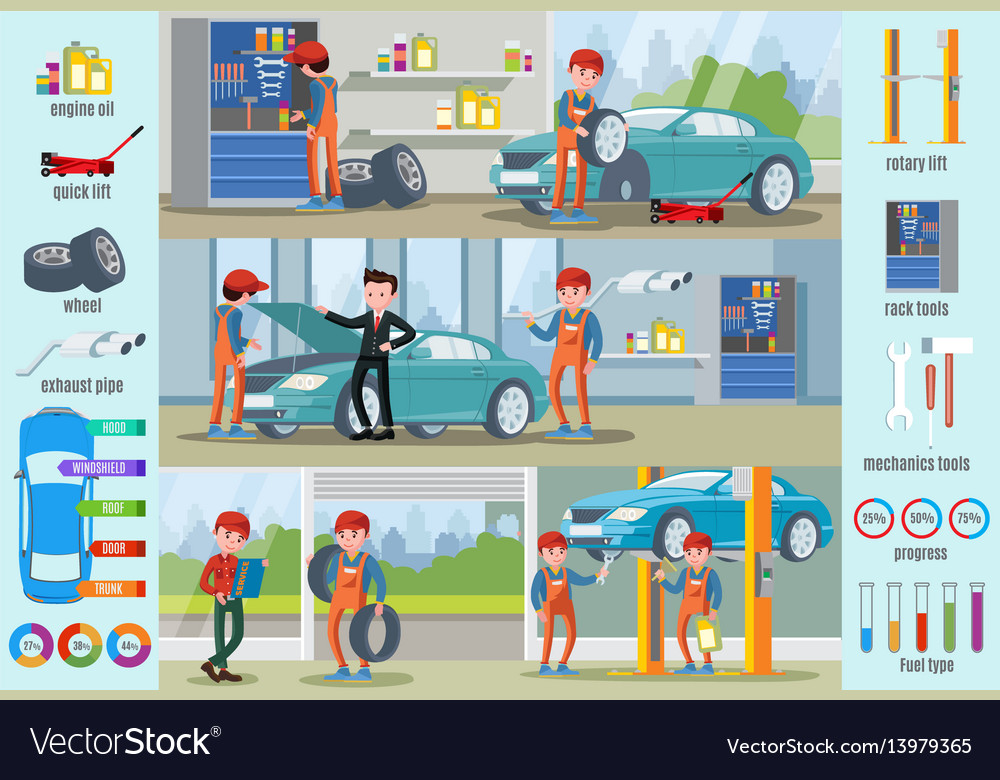Analyzing Your Car'S Caution Indicators: What They Truly Share
Analyzing Your Car'S Caution Indicators: What They Truly Share
Blog Article
Web Content Written By-Faulkner Shepherd
When you're behind the wheel, those radiant caution lights on your control panel can be a bit difficult. Do you understand what they're trying to inform you concerning your automobile's wellness? Comprehending the value of these lights is essential for your security and the durability of your vehicle. So, the next time one of those lights appears, wouldn't you want to analyze its message properly and take the needed steps to address it?
Common Warning Lights and Interpretations
Identify common warning lights in your automobile and understand their significances to ensure secure driving.
The most typical warning lights consist of the check engine light, which indicates problems with the engine or exhausts system. If this light begins, it's important to have your automobile inspected immediately.
The oil pressure cautioning light shows reduced oil stress, requiring instant attention to avoid engine damages.
A flashing battery light might recommend a defective billing system, possibly leaving you stranded otherwise dealt with.
The tire pressure tracking system (TPMS) light informs you to low tire pressure, influencing lorry stability and fuel effectiveness. Disregarding this can cause dangerous driving conditions.
The ABS light suggests an issue with the anti-lock braking system, compromising your capacity to stop promptly in emergency situations.
Lastly, the coolant temperature level warning light warns of engine getting too hot, which can result in extreme damages otherwise settled promptly.
Comprehending interior car clean will assist you address concerns immediately and maintain risk-free driving problems.
Significance of Prompt Interest
Recognizing the usual warning lights in your automobile is only the initial step; the relevance of promptly attending to these cautions can not be emphasized sufficient to ensure your safety and security when traveling.
When a caution light illuminates on your control panel, it's your automobile's way of communicating a potential problem that needs focus. Neglecting these cautions can result in much more extreme problems later on, jeopardizing your safety and security and possibly costing you a lot more out of commission.
Motivate focus to warning lights can protect against break downs and crashes. For instance, a blinking check engine light could show a misfire that, if left ignored, might cause damage to the catalytic converter. Resolving this promptly can save you from a pricey repair work.
Similarly, a brake system warning light might signal reduced brake fluid or worn brake pads, crucial components for your safety and security when driving.
DIY Troubleshooting Tips
If you see a caution light on your control panel, there are a couple of do it yourself fixing suggestions you can try before seeking expert assistance.
The very first step is to consult your vehicle's manual to comprehend what the certain warning light indicates. In some cases the concern can be as simple as a loose gas cap causing the check engine light. Tightening the gas cap may deal with the issue.
One more usual issue is a low battery, which can set off various alerting lights. Examining the battery connections for rust and guaranteeing they're safe might repair the problem.
If a caution light lingers, you can try resetting it by disconnecting the automobile's battery for a couple of minutes and after that reconnecting it. Additionally, inspecting detailing cars , such as oil, coolant, and brake fluid, can assist fix warning lights associated with these systems.
Final thought
In conclusion, comprehending your auto's warning lights is necessary for keeping your vehicle running efficiently and securely. By without delay addressing these signals and understanding what they imply, you can avoid expensive repairs and prospective breakdowns.
Keep in mind to consult your vehicle's guidebook for particular details on each alerting light and do something about it accordingly to make certain a hassle-free driving experience.
Keep educated, stay safe on the road!
